Social Emotional Learning Teaching Resources
Are you on the hunt for social emotional learning activities, printable PDFs and more to bring SEL to life in your elementary lessons this school year? The list of academic benefits of SEL instruction is a mile long, and the Teach Starter teacher team has created a robust collection of social and emotional learning resources made with teachers – and your students — in mind.
We've made planning your social-emotional learning lessons simple with printable SEL worksheets and digital social and emotional activities designed specifically for the needs of elementary school students. Each resource in this collection has undergone rigorous review by the expert teachers on our team to make sure you'll be comfortable passing them out in the classroom or sending them home in a student's backpack.
Pardon us if we're sharing something you already know (feel free to skip right to the social emotional learning activities!), but if you're new to incorporating SEL into your classroom, you may need a quick refresher! Read on for a guide from our teacher team, including a handy definition of social emotional learning, and ways to implement the five core competencies of SEL.
What Is Social-Emotional Learning? A Simple Definition
The most common social-emotional learning — or social and emotional learning — definition describes SEL as "the process through which all young people and adults acquire and apply the knowledge, skills, and attitudes to develop healthy identities, manage emotions and achieve personal and collective goals, feel and show empathy for others, establish and maintain supportive relationships, and make responsible and caring decisions."
What Are the Social Emotional Learning Core Competencies?
We know are definition is a bit of a mouthful, but essentially social and emotional learning covers the following five core competencies:
- Self-Awareness
- Self-Management
- Social Awareness
- Relationship Skills
- Responsible Decision Making

Where Did Social and Emotional Learning Come From?
Teachers have been teaching many of the skills that now fall under the social and emotional learning curriculum for centuries. It's always been our goal to help shape little minds to be caring, productive, and engaged citizens.
But the roots of what we now consider SEL can be traced back to a project in the New Haven, Connecticut schools where school administrators worked with Yale researchers, parents, mental health workers, and teachers to refocus not just the school's academic programs but their social ones too. The project started in the 1960s at two schools considered "underperforming," and by the 1980s, these same schools had academic scores that were at the top of the nation's rankings.
From there, the K-12 New Haven Social Development program was born, establishing a framework for incorporating social and emotional learning into the curriculum. Meanwhile, the non-profit Collaborative for Academic, Social, and Emotional Learning (CASEL) was born in 1994, helping to really bring the term "social and emotional learning" into the zeitgeist.
CASEL was born out of the New Haven projects and helped shape the official definition of SEL listed above in 1997. It now works to expand SEL in schools around the country.
Why Is Social-Emotional Learning Important?
Not sure you have time to fit all of this in alongside the state standards that you're preparing students to meet? A solid social and emotional learning curriculum will help students with everything from managing emotions and developing coping skills to setting positive goals, engaging in positive relationships, and solving problems effectively.
The importance of SEL is hard to overstate, but here are a few core benefits:
- Promote mental health and well-being — Teaching social and emotional lessons in the classroom can help students develop the skills they need to manage their emotions, build positive relationships, and cope with stress and challenges. It's a small step toward better mental health for all.
- Improve academic performance — There's strong research showing that students who have strong social and emotional skills are more likely to be engaged in learning and perform better academically.
- Create a positive classroom culture — Teaching social and emotional lessons can help create the kind of classroom culture where students feel safe, respected, and supported — exactly what we all strive for!
- Prepare students for life after school — Social and emotional skills are essential for success beyond the classroom, be it at home in the immediate future or in college or the workforce. Teaching these skills helps students be better equipped to handle the challenges they will face.
- Address specific social and emotional needs — Teaching social and emotional lessons can help address students' specific needs, such as building self-esteem, managing emotions, and developing empathy for others. This can also help to create a more inclusive and equitable classroom where all students feel respected and valued. It's also good for your overall classroom management.

How to Teach Social and Emotional Lessons
There's little question that there's value in social and emotional learning, but how do you actually teach it? There's no simple answer here, as the exact methodology will differ based on grade level, individual student needs, and even your classroom dynamics!
That said, here are some strategies from our teacher team to keep in mind as you consider how you're incorporating the components of SEL in your instruction:
- Modeling — This is likely no surprise — we are our students' role models in the classroom for so much. Don't underestimate the value of your own active listening, displays of empathy and self-regulation, and other skills that are essential for your students' social and emotional development.
- Classroom Culture — Establishing a safe and supportive learning environment where students feel respected, valued, and empowered goes a long way. Fostering a sense of community, promoting positive communication, and encouraging collaboration and teamwork are all helping kids build their SEL quotient!
- Integration — Of course, you can (and should) have explicit instruction on SEL, but you can also incorporate SEL concepts into your core subject lessons. Discuss emotions related to a character in a book or working on group projects that require collaboration and communication. If you're teaching math, emphasize the importance of perseverance and problem-solving skills. Teaching social studies? Discuss empathy and the ability to understand different perspectives. It all comes together!
- Free Plan
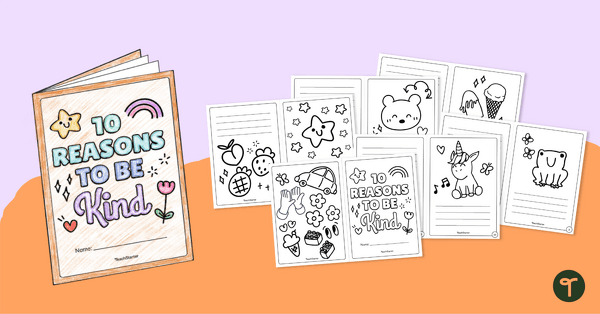
Kindness Mini-Book (10 Reasons to be Kind)
Explore all of the reasons to be kind with your students using this mini-book template.
- Free Plan
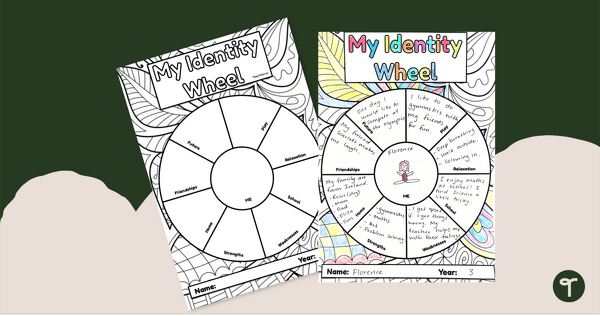
Personal Identity Activity (My Identity Wheel)
Explore personal identity by completing this personal identity wheel.
- Free Plan
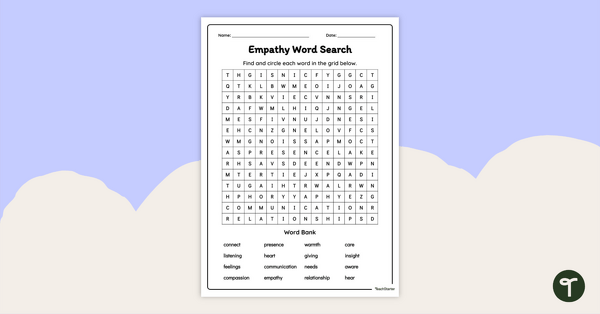
Empathy Word Search
Introduce or review vocabulary terms related to empathy with this free word search worksheet.
- Free Plan
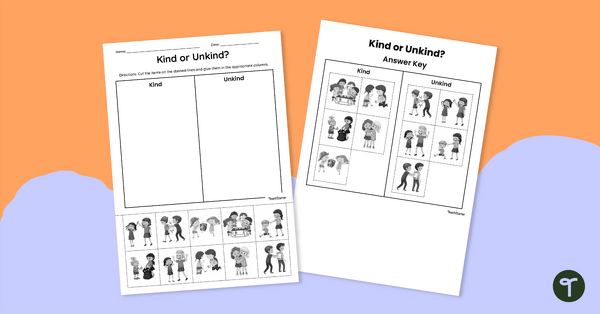
Kind or Unkind Cut-and-Paste Worksheet
Explore kind and unkind scenarios with your students using this engaging cut-and-paste worksheet.
- Free Plan
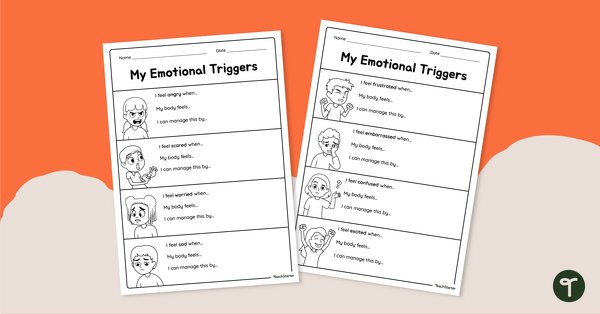
My Emotional Triggers Worksheet
Help your elementary students explore the situations that trigger them to experience certain emotional responses with this 2-page emotional triggers worksheet.
- Free Plan
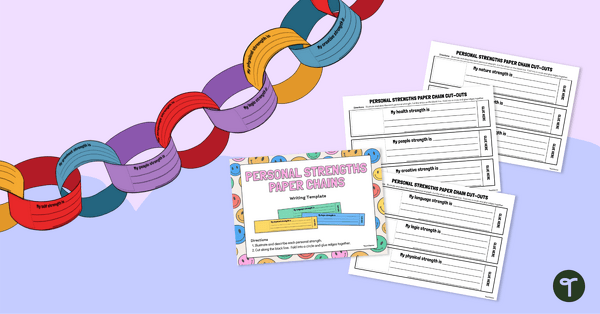
Personal Strengths Paper Chains
Explore individual strengths with this fun paper chain activity.
- Free Plan
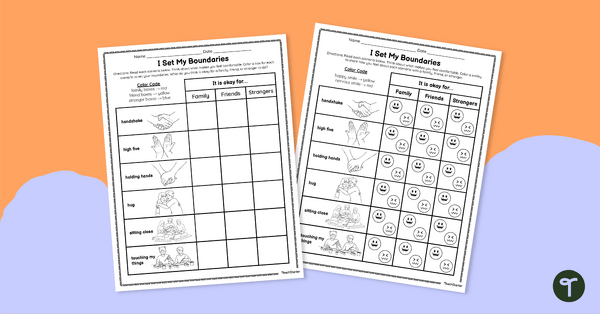
I Set My Boundaries Worksheets
Identify your personal space boundaries with this worksheet set.
- Free Plan
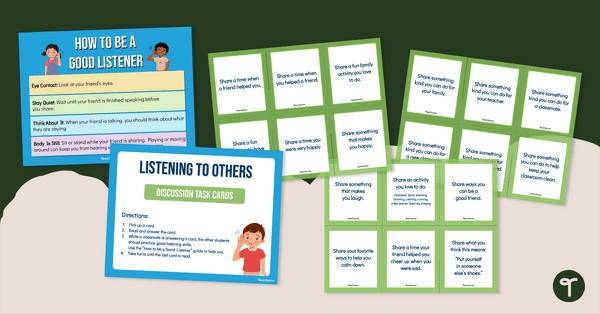
Listening to Others – Discussion Task Cards and Poster
Give students the opportunity to work on their listening skills and learn what it means to be a good listener with this set of 42 discussion cards and classroom poster.
- Free Plan
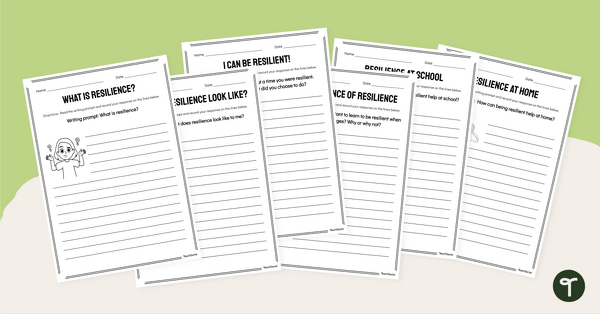
Resilience Writing Prompts
Use this set of resilience writing prompts to help your students reflect upon times they have observed resilience in themselves and others.
- Free Plan
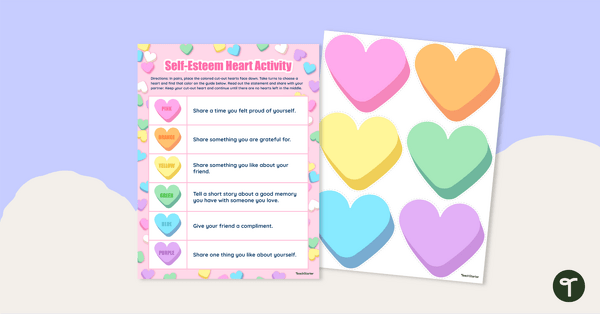
Self-Esteem Heart Activity
Help students boost their self-esteem with this lovely heart-themed activity
- Free Plan
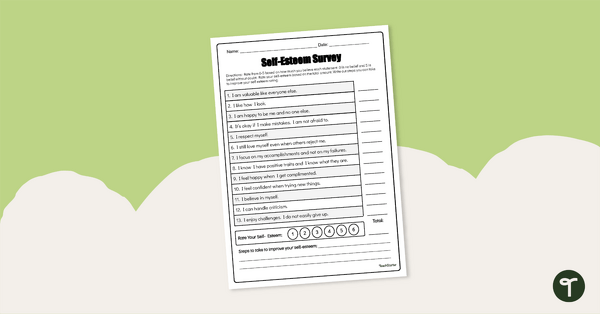
Self-Esteem Survey Worksheet
Explore self-esteem with your students with this self-esteem survey.
- Free Plan
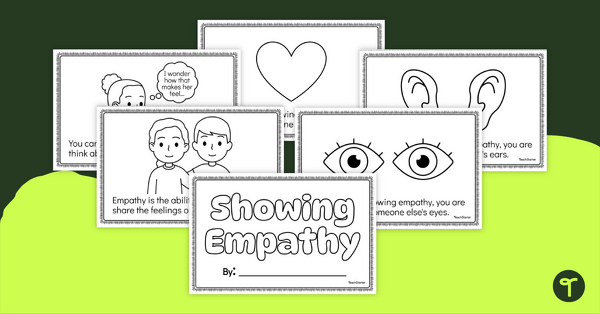
Showing Empathy Mini-Book
Empower young minds and hearts with the gift of empathy! Download this free SEL mini-book designed for primary students.
- Plus Plan
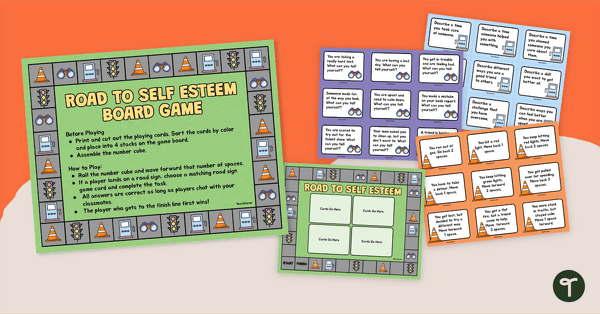
Road to High Self-Esteem Board Game
Help students understand what self-esteem is and how to boost their own self-esteem with this board game.
- Free Plan
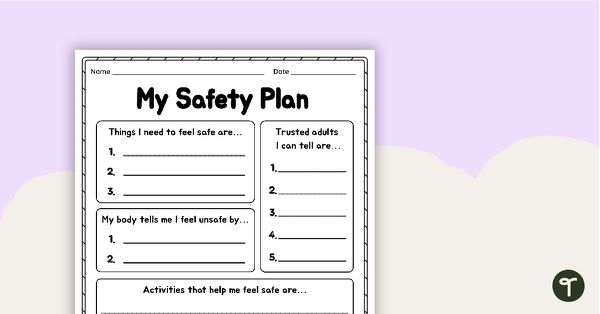
My Safety Plan Worksheet
Create a safety plan to help understand what to do or who to go to when you feel unsafe.
- Plus Plan
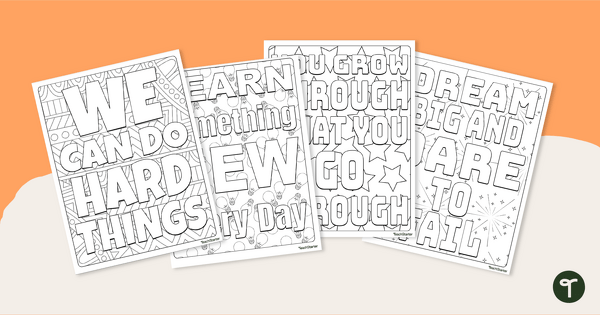
Growth Mindset Coloring Pages
Inspire creativity and encourage your students to think positively with a set of growth mindset coloring pages.
- Free Plan
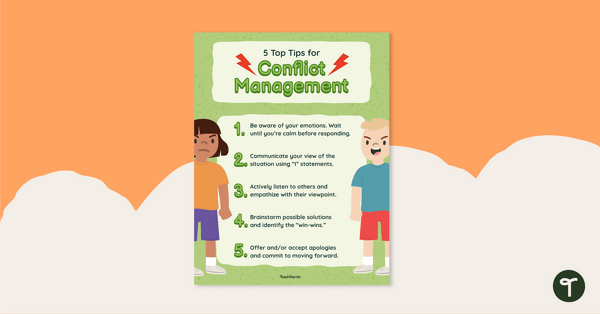
Conflict Resolution Tips - Poster
Display some top tips for solving playground conflicts with this colorful and informative classroom poster.
- Free Plan
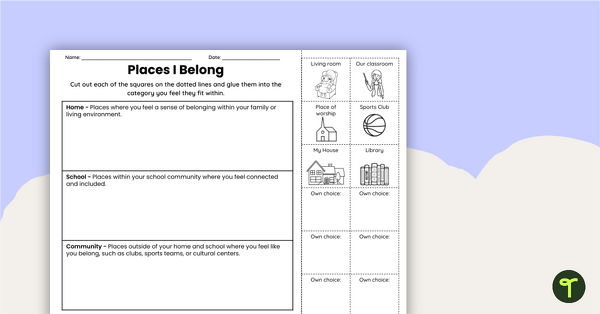
Places I Belong Cut-and-Paste Worksheet
Encourage students to think of the different places they feel a sense of belonging at school and in the home environment.
- Free Plan
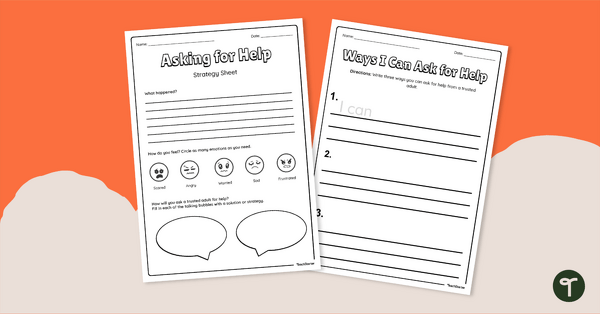
Asking for Help Strategy Sheets
Help students work through a difficult situation and how to ask for help with these asking for help strategy sheets.
- Free Plan
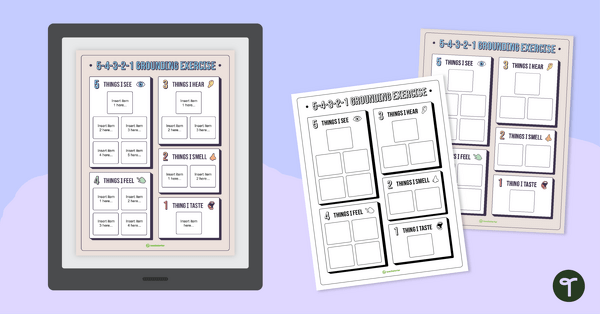
5-4-3-2-1 Grounding Exercise – Worksheet
De-escalate your students while in difficult situations with this calming exercise.
- Free Plan
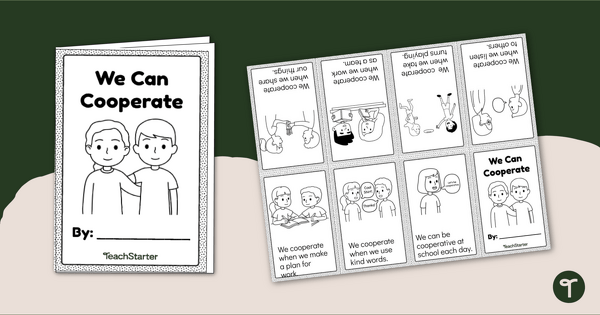
We Can Cooperate Mini Book
Read to learn about cooperative behavior with a printable one-page foldable mini book.
- Free Plan
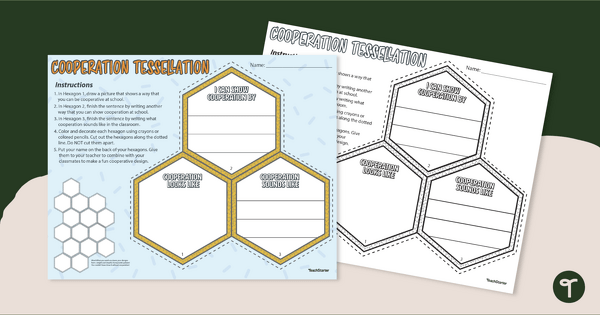
What is Cooperation?- Tessellation Art Project
Engage your students in practicing the art of cooperation by having them create a collaborative tessellation project.
- Plus Plan

Sloth Mindfulness Coloring Pages
Use these sloth-themed coloring pages to bring a bit of creative calm into the classroom.
- Free Plan
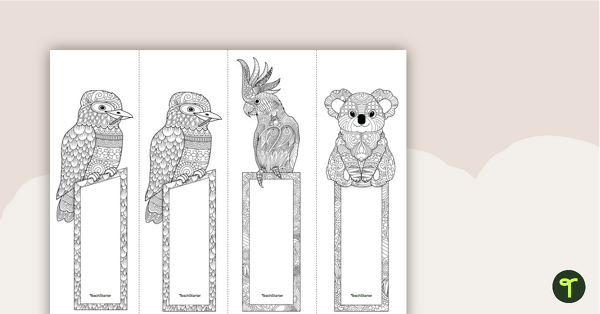
Australian Animals Mindfulness Bookmarks
Practice mindfulness and keep track of your reading with these Australian Animals Mindfulness Bookmarks!
- Free Plan
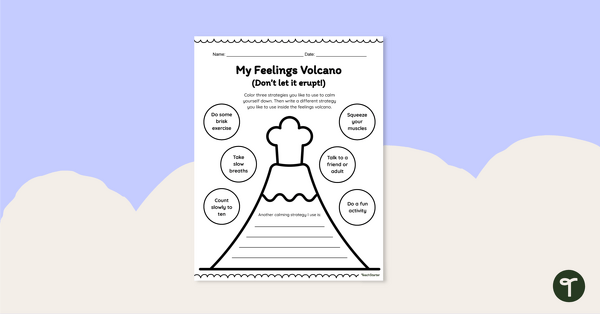
My Feelings Volcano Worksheet
Prevent students from being overcome by strong emotions with this volcano-themed coping skills worksheet.
- Free Plan
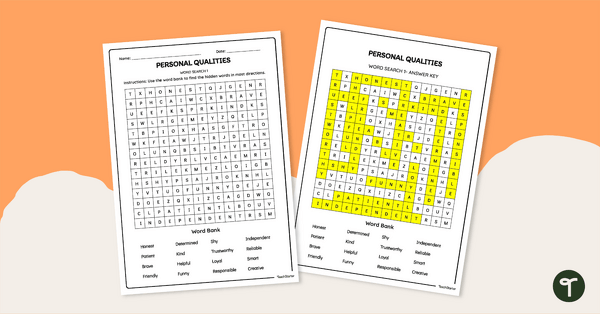
Personal Qualities Word Search
Explore different personal qualities with your students with this printable personal qualities word search.
- Plus Plan
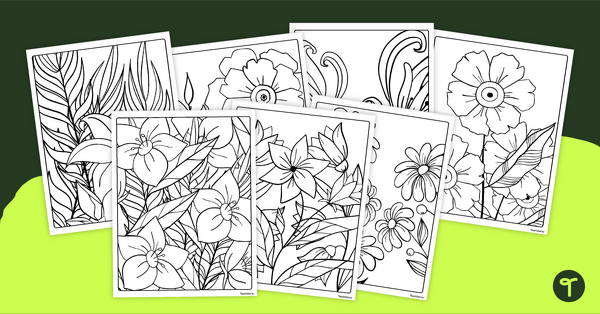
Mindful Coloring - Printable Flower Coloring Pages
Pick a pack of printable flower coloring pages to bring a bit of the outdoors into your classroom.
- Free Plan

What Good Friends Do – Differentiated Friendship Worksheets
Sort verbs according to if they are friendly or unfriendly interactions with this friendship worksheet.
- Plus Plan

Growth Mindset PowerPoint
A 12 Page PowerPoint Presentation on Developing a Growth Mindset for students.
- Free Plan
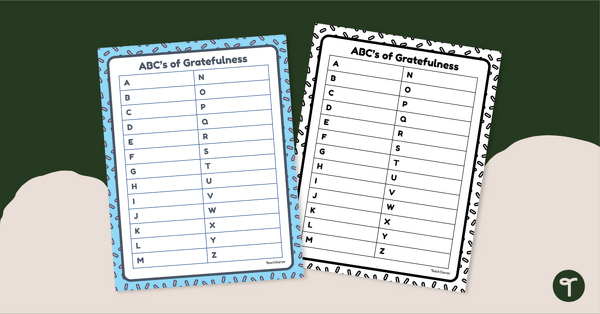
ABC's of Gratefulness - A to Z Gratitude List
Make a list of things to be grateful for with a printable A to Z gratitude list template.
- Plus Plan
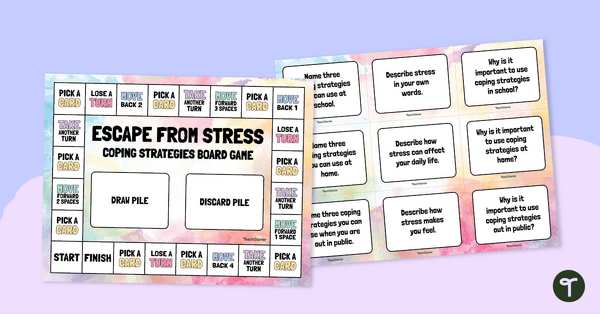
Escape from Stress Board Game
Introduce this board game in your classroom to help students practice identifying which stress management coping strategies to use and when.
- Plus Plan

Designer Dots - Dot Day Mandala Coloring Sheets
Create designer dot art on International Dot Day with a set of printable mandala coloring sheets.
- Free Plan
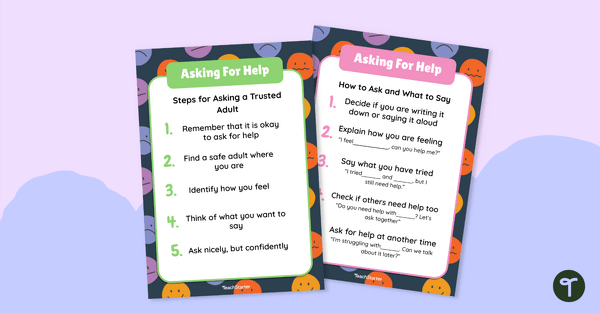
How to Ask for Help Poster Set
Learn how to ask for help with this poster set.
- Social Emotional Learning Templates
- Social Emotional Learning Posters
- Social Emotional Learning Worksheets
- Social Emotional Learning Games
- Social Emotional Learning for Pre-K
- Social Emotional Learning for Kindergarten
- Social Emotional Learning for 1st Grade
- Social Emotional Learning for 2nd Grade
- Social Emotional Learning for 3rd Grade
- Social Emotional Learning for 4th Grade
- Social Emotional Learning for 5th Grade
- Social Emotional Learning for 6th Grade